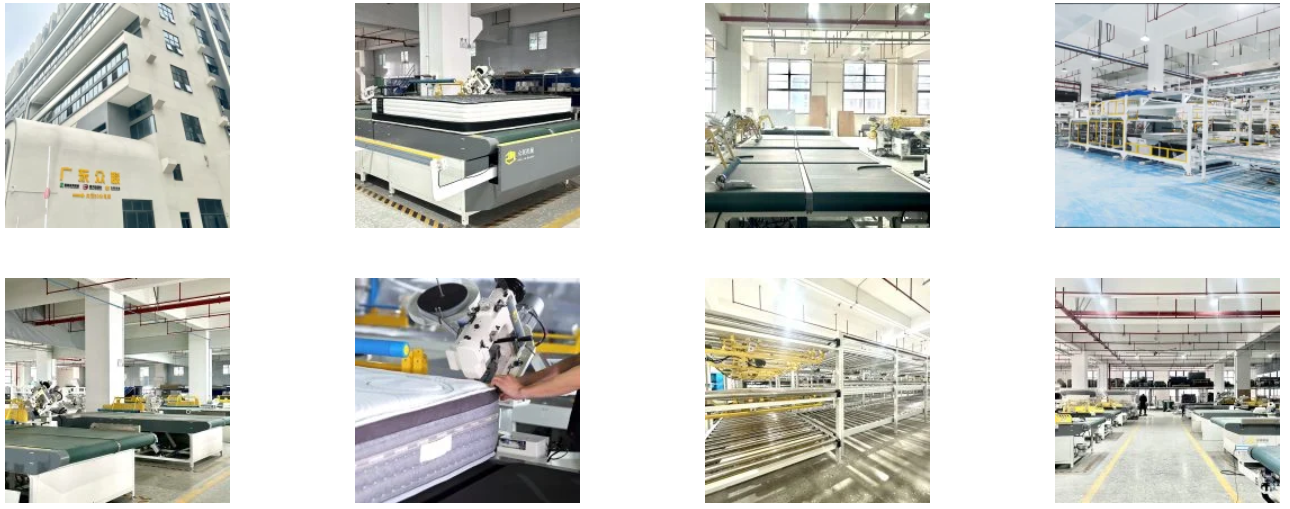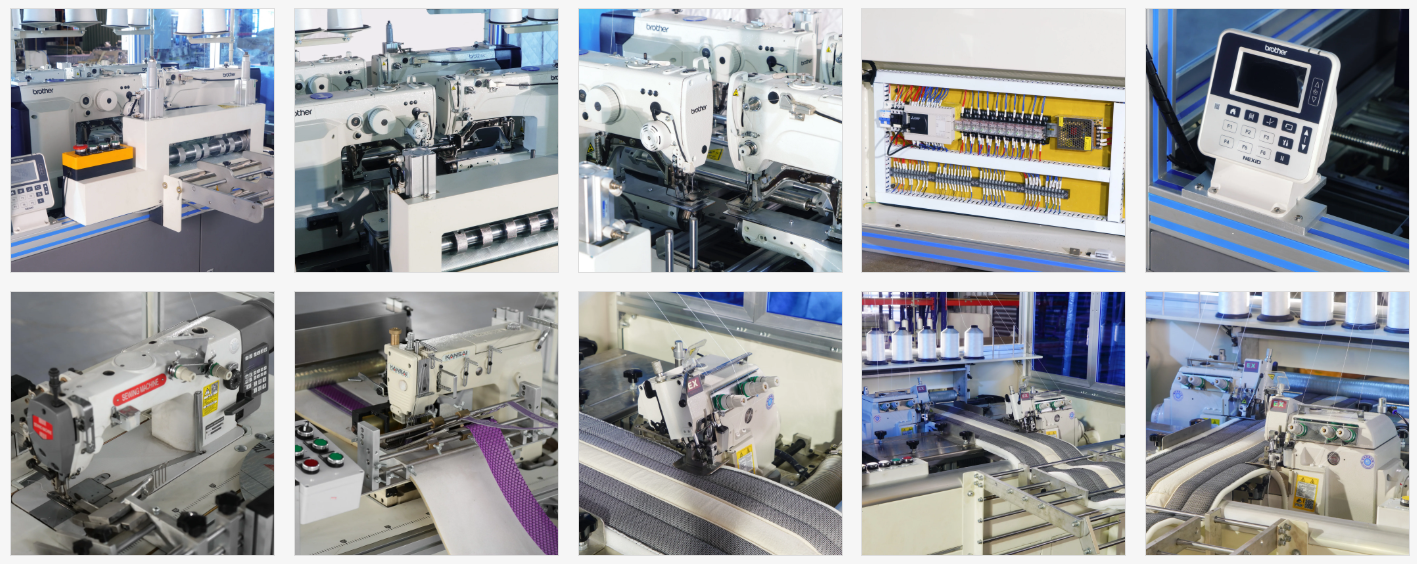
Constant repairs, slow output, and high energy bills often point to a deeper issue—your machines are no longer keeping up.
Upgrading mattress machinery helps manufacturers boost production speed, cut costs, and meet growing market demands. It’s a strategic move, not just a technical one.
In this guide, I’ll walk you through when and how to upgrade your machinery—from identifying signs it’s time, to selecting the right machines and planning your switch without disrupting production.
How do I assess if my current machines still perform well?

Old machines might still run—but that doesn’t mean they’re running efficiently.
Track production output, downtime, repair costs, and maintenance frequency. If these trends are getting worse, your machines are likely hurting your bottom line.
Key Metrics to Watch
| Indicator | Red Flag |
|---|---|
| Output per shift | Drops >10% from baseline |
| Maintenance frequency | More than twice/month |
| Repair costs | Exceed 15% of machine value/year |
| Machine downtime | Interrupts more than 2% of daily hours |
By logging this data for 2–3 months, you can build a clear case for whether to replace or maintain your current machinery.
What new technology should I look at before upgrading?
Replacing old with “new” isn’t enough—you need the right type of new.
Modern mattress machines now include automation, servo motors, IoT diagnostics, and precision components that boost productivity and reduce waste.
Examples:
- Servo-driven quilting machines with automatic tension control
- Smart glue systems with programmable application paths
- High-speed bagging machines with adjustable compression
- IoT-enabled systems for real-time energy and output monitoring
By adopting smarter technology, many of our clients cut labor needs by 30–40% and boosted output per line by 50%+.
Is upgrading really worth the cost?
The upfront price can seem high—but doing nothing costs more in the long run.
A proper cost-benefit analysis compares short-term investment with long-term gains in labor, energy, quality, and service life.
Quick ROI Table (Example)
| Machine Type | Cost (¥) | Savings/year (¥) | Payback Time |
|---|---|---|---|
| DF-X03 Auto Bagger | ¥300,000 | ¥120,000 | 2.5 years |
| Servo Glue Applicator | ¥180,000 | ¥90,000 | 2 years |
| CNC Foam Cutter | ¥220,000 | ¥130,000 | 1.7 years |
Besides cost savings, better machines mean fewer errors, fewer customer complaints, and stronger margins per unit.
How do I know if the upgrade fits my production goals?
Upgrading just for the sake of speed can backfire if it doesn’t match your product needs.
Define your production volume goals, product variety, and desired quality level first—then match machines accordingly.
Ask yourself:
- Will I be launching new mattress types soon?
- Do I plan to enter new markets with higher quality expectations?
- Is current output falling short of orders?
If “yes” to any of these, align your upgrade plan with those goals.
Should I factor in energy savings and sustainability?
Old machines waste power. That’s not just a cost issue—it’s a branding one too.
Energy-efficient machines reduce long-term costs and improve your factory’s green credentials—important for many overseas buyers.
Energy Features to Look For
- Servo motors with variable load
- Auto power-off modes during idle
- Heat sealing systems with optimized temperature controls
Bonus: Many Southeast Asian countries now offer tax rebates or funding for sustainable upgrades.
What’s the financial risk—and how do I budget for it?
A poorly timed upgrade can stretch your budget or disrupt cash flow.
Map all costs: machine price, shipping, installation, training, and any temporary production losses. Then compare that to projected savings.
Include:
- Financing or lease options (many vendors offer 0–5% interest plans)
- Production halt duration (plan upgrades during slow seasons)
- Contingency buffer (add 10–15% to your total budget for safety)
Plan carefully and you’ll avoid surprises.
How do I choose the right machinery supplier?
A good machine from a bad supplier can still cause major problems.
Look for a supplier with strong after-sales service, quick spare parts delivery, and proven experience in your product category.
Checklist:
- Do they offer installation + training?
- Can they show client success cases?
- Do they stock wear parts locally or offer fast delivery?
- What is their response time for service requests?
When we supply machines to Southeast Asia or Russia, we always include a 1-year support package and video support for operator training.
How do I plan the implementation to avoid downtime?
No factory can afford to stop production for weeks—planning is everything.
Prepare a step-by-step plan covering delivery, uninstallation, trial runs, and staff training to minimize disruption.
Sample Timeline for Upgrade
| Week | Task |
|---|---|
| 1 | Finalize machine specs/order |
| 2–5 | Shipping and customs clearance |
| 6 | Uninstall old machine |
| 7 | New machine install + dry run |
| 8 | Full production + staff handoff |
Tip: Always keep one line running during the switch. Don’t upgrade all lines at once.
How do I measure success after upgrading?
The job isn’t done once the machine is running—you need to monitor results.
Track KPIs like output speed, material usage, energy draw, and defect rates to see if your upgrade meets expectations.
Set baseline numbers from before the upgrade, then review performance weekly for the first month. Adjust settings or retrain operators if needed.
Conclusion
Upgrading your mattress machinery isn’t just about faster output—it’s about smarter, leaner, greener production that pays off over time.
Get in touch with us for tailored solutions! We look forward to collaborating with you and shaping a brighter future together!
📞 | WhatsApp:+86 15220512074
📧E-mail:zhongliantec@gmail.com
Web | Link:mattressmachineryzl.com
